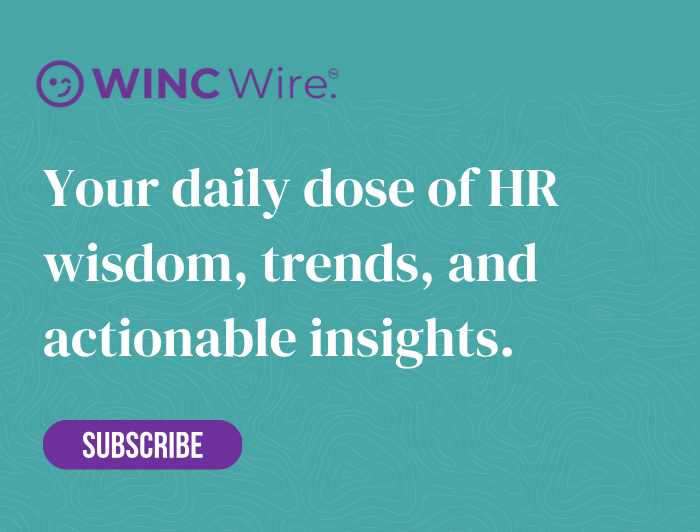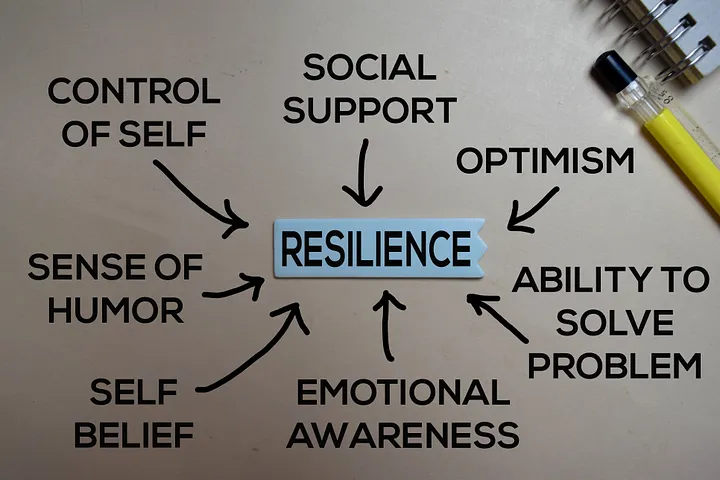Let’s be honest, the pace of change we’re all grappling with feels relentless. It’s no longer sufficient for businesses to simply keep pace; we must build workplaces that can flex under pressure without snapping. Amidst all this turbulence, one truth holds firm: the real strength of any organisation is its people. When your employees are genuinely engaged, they act as catalysts, bringing energy, creativity and a clear alignment with the company’s mission. But the moment that engagement starts to wane, the shockwaves are felt everywhere, from plummeting morale and wasted talent to a financial cost that is simply impossible to ignore.
The figures alone should give us all pause. Gallup’s research estimates that low employee engagement costs the global economy a staggering £8.9 trillion every single year, which is nearly 9% of global GDP. It’s a stark figure that drives home a critical point: engagement isn’t some soft, optional extra; it’s a commercial imperative.
But here’s the thing, engagement, on its own, won’t be enough to navigate the really stormy waters. This is where resilience comes in, that quiet strength that gives teams the capacity to recover, re-evaluate, and rebuild. In a world where uncertainty is the new normal, organisations have to cultivate both. You could say engagement is the engine, but resilience is the very chassis that holds it all together.
Engagement: The Real Pulse of a Future-Ready Organisation
Far too often, the phrase “employee engagement” gets thrown around in boardrooms and strategy decks, becoming corporate jargon without any real action behind it. The reality is that it’s the definitive pulse that tells you whether your organisation is set to thrive or just about survive. When people see a clear purpose in their work, feel that their contribution genuinely matters, and are motivated to give their best, the results are nothing short of transformative.
The most forward-thinking businesses I’ve worked with embed engagement right into their cultural DNA. They actively:
- Create a genuine sense of purpose – People flourish when they can clearly see how their individual efforts contribute to a mission they believe in.
- Grant meaningful autonomy – Trust is a powerful currency. When you empower your teams to take ownership of their work, their performance and commitment deepen.
- Invest in personal growth – Continuous development is what fuels ambition. An employee who sees a clear path forward is one who remains engaged, loyal and innovative.
However, engagement, much like a flame, can easily be extinguished if it isn’t protected by resilience.
Resilience: The Inner Architecture of Excellence
Resilience isn’t just a matter of ‘grit’ or toughing it out. It’s a mindset, a kind of professional muscle that flexes when faced with adversity, allowing people to bounce back even stronger. In the dynamic workplaces we manage today, where disruption is a constant, resilience is what keeps our people grounded while remaining adaptable. It enables them to treat setbacks not as failures, but as necessary parts of the journey.
When you get the combination of resilience and engagement right, you unlock a workforce that is not only committed but also ready for whatever change comes next. This is the true hallmark of a future-fit business.
To weave resilience into the fabric of your organisation, you need to:
- Champion a growth mindset – Actively encourage your teams to see challenges as chances to learn and evolve, rather than as proof of their limitations.
- Foster strong support networks – Resilience is very rarely a solo journey. A reliable community of peers and supportive managers is what truly fortifies the individual.
- Make learning a constant habit – Resilient people are well-equipped, not just enthusiastic. Ongoing development is what sharpens their ability to adapt.
The Manager’s Mandate: Becoming an Architect of Engagement and Resilience
The role of a manager has fundamentally changed. We’ve moved from seeing them as task-enforcers to enablers of human potential. The research is undeniable: an incredible 70% of the variance in team engagement is directly linked to the manager’s influence. To put it plainly, your managers set the entire tone.
The era of command-and-control leadership is well and truly over. Today’s highest-performing teams work for managers who:
- Empower decision-making – When you trust people to lead their own work, you build both their capability and their sense of ownership.
- Support personal ambitions – Managers who take the time to invest in their team’s aspirations (through mentoring, active listening, and coaching) nurture both engagement and resilience simultaneously.
- Balance high performance with wellbeing – Burnout is a corrosive force in any organisation. It’s the manager’s job to create a climate where excellence and sustainable working can coexist.
Giving your managers the right tools to coach, recognise and lead with authenticity isn’t optional, it’s absolutely essential. Coaching is the key that unlocks their ability to cultivate emotionally intelligent and high-achieving teams.
The Culture Equation: Engagement x Resilience = Performance
When an organisation makes engagement and resilience a dual priority, it creates a powerful, self-reinforcing cycle. Engaged employees find it easier to stay resilient when faced with adversity. In turn, resilient employees are able to maintain deep engagement, no matter how much the ground shifts beneath them.
The commercial benefits are clear and tangible:
- Performance accelerates – Your teams remain sharp, focused on solutions, and committed to their goals.
- Retention improves – People who feel connected and properly supported are far less likely to look for opportunities elsewhere.
- Morale soars – A resilient culture naturally breeds optimism, initiative and a powerful, shared sense of accomplishment.
Thriving cultures don’t happen by accident; they are the direct result of consistent, people-first decisions made over time.
The Shift Ahead: Leading with Humanity and Clear Intention
In our post-pandemic working world, the rules of engagement have been rewritten. The organisations that are truly set to flourish are the ones anchoring their strategies in humanity, building foundations that allow agility, innovation and trust to grow organically.
This isn’t a call for softer management. It’s a direct challenge to lead with clear intention. That means actively letting go of outdated models of control and embracing a leadership ethos where empowerment, care and adaptability are the primary drivers of business outcomes.
Resilience and engagement are no longer just “nice-to-haves”. They are the steel and the soul of a modern, sustainable workforce.
The question for all of us, then, isn’t whether you should invest in them. It’s whether you can possibly afford not to.






